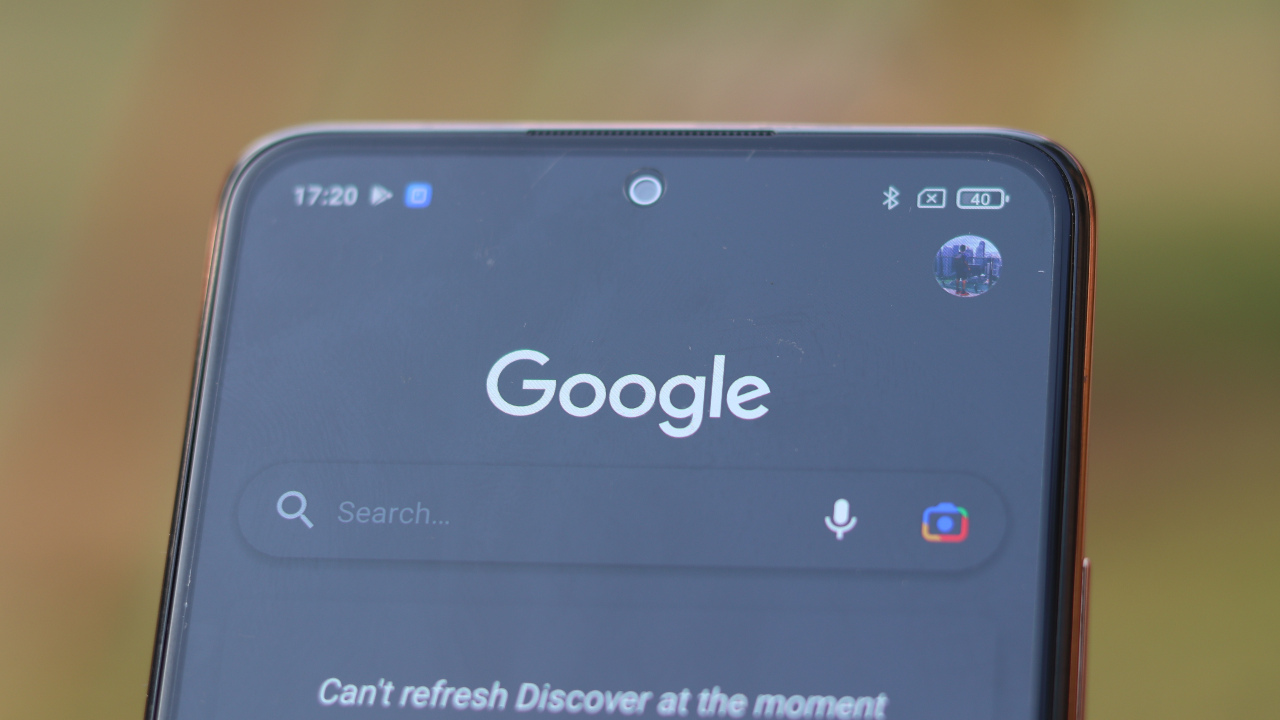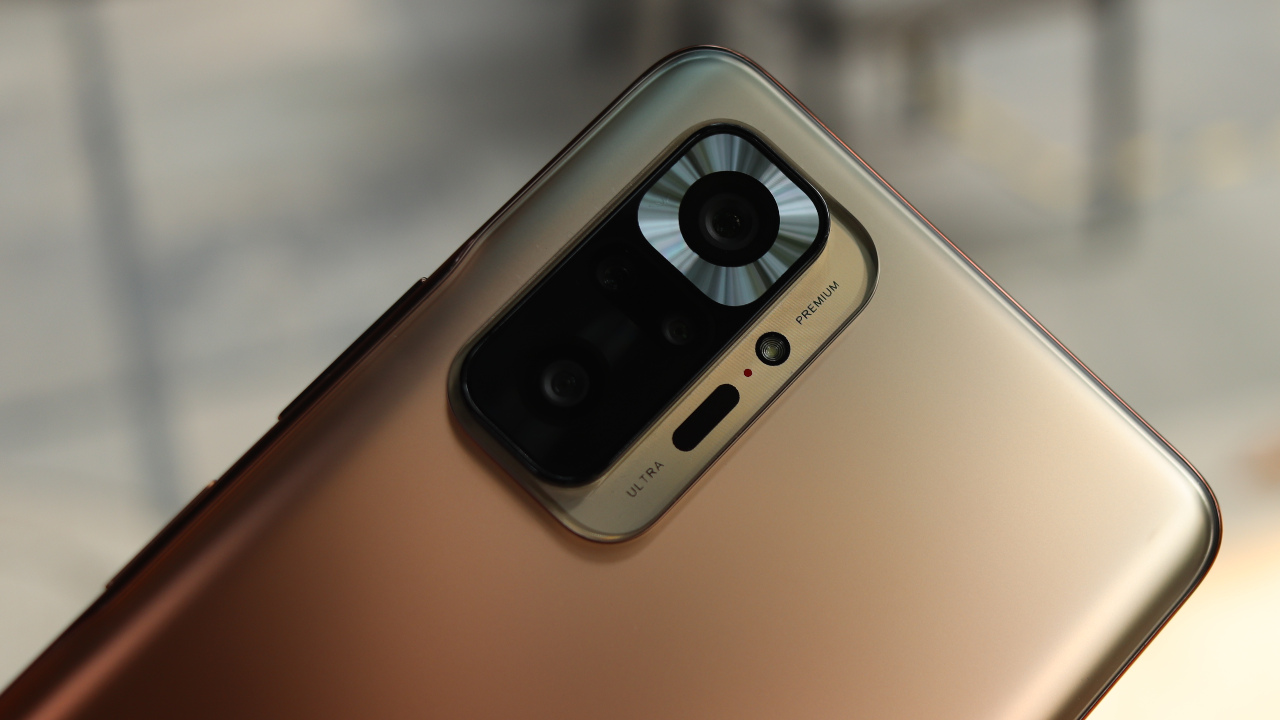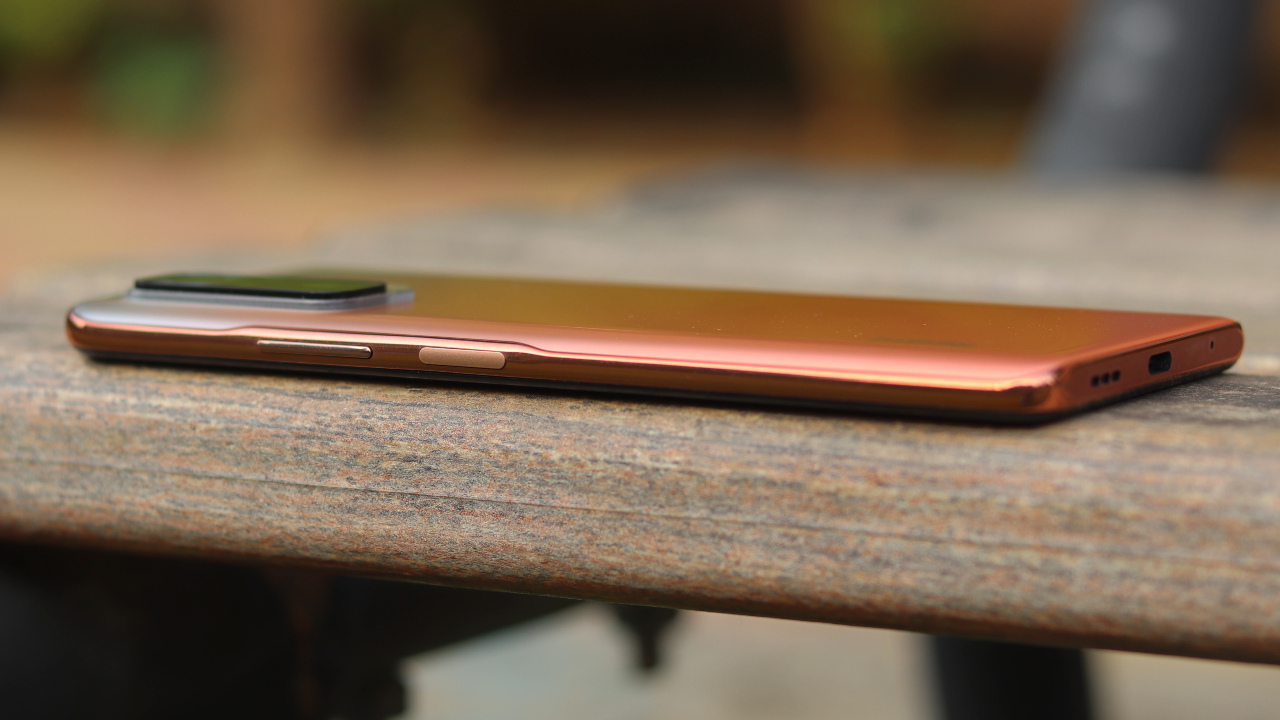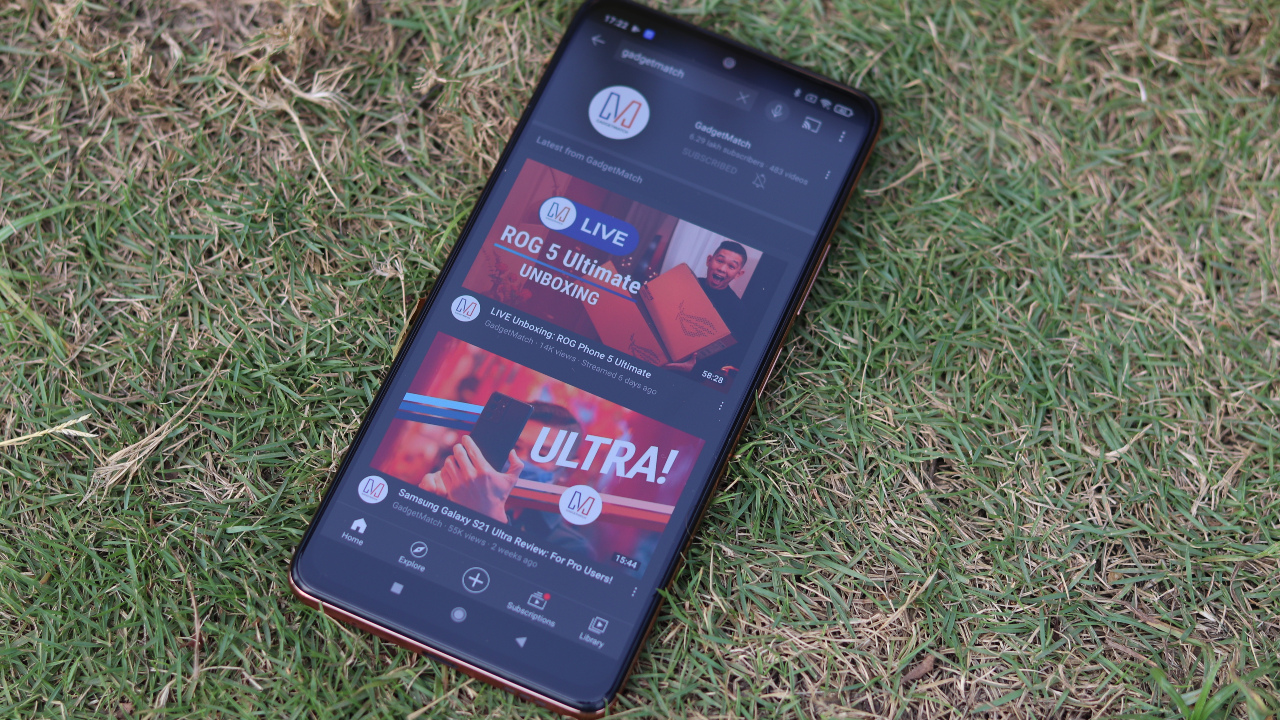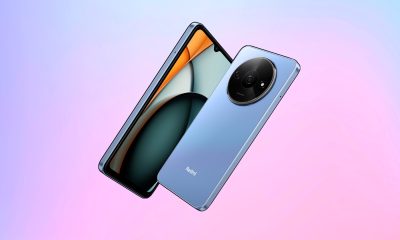

India
Redmi Note 10 Pro Max review: When great becomes greater
A balanced phone that’s made for everyone
Xiaomi launched the most-awaited Redmi Note 10 Pro Max a few weeks ago in India and it’s now available in many other markets across the world.
The Redmi Note series has been a best-seller for the last couple of years. It has played a pivotal role in getting Xiaomi to the number one position in a competitive market like India. It has also cultivated a solid reputation as a brand, and despite numerous anti-China waves, Xiaomi has remained unaffected.
India is a very price-sensitive market that genuinely testes a company’s supply chain. In fact, phone makers started including a case and screen guard with their phones because the buyer saw immense value in a pre-boxed accessories. This practice was largely unheard of in the West and has only recently gained prominence thanks to Chinese phone makers.
My point is, even a hundred rupee difference, which translates to US$ 1.38, is enough to change the buyers’ minds. The Redmi Note 9 Pro series was a near-perfect phone that quenched our thirst for new phones amid the pandemic. Now, Xiaomi is expected to out-do itself. A cycle it has been through many times, always coming out more powerful than ever.
Does the Redmi Note 10 Pro Max continue the legacy? The phone is INR 2,500 (US$ 35) pricier than the predecessor, slightly venturing out in the midrange segment. Is the base price hike worth it? And Xiaomi’s Mi 10i isn’t far away either. Can the new gadget match its expectations? Let’s find out.
It has a 6.7-inch AMOLED display with a 120Hz refresh rate
The camera bump is massive due to the bigger sensor
But the phone is thinner and has a very premium aesthetic
The attention to detail is closer than usual. And, you can feel the difference in your hands.
The Note series has never looked so beautiful
The new design language is called Evol, and the first thing you’ll notice about the phone is its weight. Despite a massive battery, Xiaomi has managed to cut down the phone’s weight by a whopping 17 grams. And, the phone is also thinner, coming in at 8.1mm instead of 8.8mm. We don’t usually consider numbers in our reviews because they can’t convey the real experience. I’ll make an exception here because the compactness really does change the experience.
When the Note series made its debut, the phones were larger than the usual norm. Now, we’re going slightly in the opposite direction, but in a good way. I got the Vintage Bronze variant, and it has a matte finish on the rear. The Dark Night option is the only one to get a glossy back. I personally prefer the black variant, but there’s no doubt that the golden phone looks very enticing.
The camera bump tries to be the main focal point of the phone, and Xiaomi wants you to fall in love with it. And we don’t blame them. The cameras are one of the phone’s prime features and easily attract attention.
One of my favorite phone elements is the subtle cavity that the back offers to the volume rockers and the fingerprint scanner. It looks very pleasing and adds a touch that’s rarely found in this price segment.
The front and back of the Redmi Note 10 Pro Max are protected by Gorilla Glass 5 but the phone isn’t made of metal. The chassis is plastic, and it does an excellent job of trying to be aluminum. Considering the price, I’m not going to crib about a polycarbonate construction. It’s one of the best ways to cut costs, and the end experience remains unhindered.
Streaming, gaming, or reading on an AMOLED display
No matter how good an LCD panel is, you’ll always want an AMOLED. The blacks created by the latter are far more superior and feel natural. The color production is on point, and looking into the screen is always a feast. The best part is, it has a 120Hz refresh rate.
The phone is kept on 60Hz by default, and you can change this from the settings menu. Most importantly, the peak brightness is excellent, and you can see the tiniest of details under direct sunlight. This is a crucial requirement in a hot and sunny country like India, where summers can cross 40 degrees. The phone also gets an IP52 rating for water and dust resistance. So, you’re sorted for the monsoon season as well.
Along with support for HDR10, the display’s color can also be customized as per your liking, ranging from very natural tones to richer, more saturated hues. The punch-hole cut-out is tiny and never distracts you. My key takeaway is, there’s nothing to complain about in the display department, and it’ll be perfect for all types of use.
But… can it game?
Powering the phone is a Snapdragon 732G processor, a top mid-range 4G processor from Qualcomm. Made on the 8nm process, it also powers the POCO X3. It’s more than enough to handle day-to-day tasks, multiple apps, and intensive work.
However, it starts lagging when you throw heavy games like Call of Duty: Mobile. You can feel the phone is struggling to keep up. Genshin Impact was an underwhelming experience, and frame drops are often too common. Considering the on-paper specifications of the phone, I’m confident there’s a lot of space for software-based optimization.
My unit had 8GB RAM, which is supposed to be sufficient. But I did notice something weird — RAM management is unpredictable.
Some heavy apps are loaded without any effort, but basic apps like Facebook, YouTube, and Twitter would often require a fresh start. This can get annoying when you’re in the middle of a workday, and the phone struggles to keep up with basic tasks.
Don’t get me wrong, this is a fairly isolated phenomenon, but it does happen at least a handful of times during the day. Again, I’m sure future OTA updates can fix this, and I hope Xiaomi’s working on it at full throttle.
In a nutshell, I wouldn’t recommend this phone to a hardcore gamer. It can game, but you shouldn’t push it to its limits. Smaller games like Pokemon Go, Zombie Gunship, Alto’s Adventure, and Subway Surfers are extremely smooth and never-ending.
The Redmi Note 10 Pro Max runs on MIUI 12 based on Android 11 out-of-the-box and is filled to the brim with customizations. A lot has been said about the skin and whether you like it or not is a very subjective choice. Although, I did notice lesser notifications from adware like GetApps. The overall experience is far cleaner than before but not as clean as stock Android.
I know this is a flawed comparison, but my point is, Xiaomi is consistently trying to improve the overall experience, and they’re succeeding at it in a way. Bloatware is extremely common now, and instead of marking it as a con, I’d just wish it’s in a controlled manner that doesn’t entirely damage the end-experience.
Is the 108-megapixel camera a gimmick?
Phone makers are in a race to achieve the highest number. Whether it’s the processor benchmarks, camera megapixels, screen-to-body ratio, or even the number of cameras a phone has. In this ongoing race, it’s natural to feel cheated or manipulated. So, how does the Redmi Note 10 Pro Max perform?
Before we proceed, it’s worth pointing out that this phone has a Samsung ISOCELL HM2 sensor, which isn’t the same as the ones found on flagship phones. However, this barely stops the camera from taking stunning images that feel as if they’re indeed from a flagship phone. Thanks to 9-to-1 pixel binning, each pixel is significantly large at 2.1µm.
Pictures during the day are detailed, well saturated, and the auto-exposure is accurate. You may lose some details in varied lighting situations, but this is rarely visible. It tends to struggle slightly in a low-light environment, but that’s expected and isn’t too severe. You can easily zoom up to 2x without any considerable loss, and anything further isn’t recommended. Though, you can just shift to the 108MP mode and collect a lot more information. Honestly, I wouldn’t say the massive megapixels are a gimmick here because it does offer something that nobody else does at this price point.
The wide-angle lens is pretty standard and gets the job done, but it could’ve been better.
Primarily, the pictures often look faded and lack saturation.
And, there’s no dedicated night mode option. So, you’ll be able to use it only during the day.
Surprisingly, the 5-megapixel macro lens gets the most attention on this phone. Xiaomi has finally added a decent sensor that genuinely clicks good pictures and isn’t just sitting there to be a brochure feature. It even offers 2x zoom, and the results are gratifying.
Xiaomi has packed a lot of soft-features like AI Sky Replacement, Clone, and Pro Video modes for casual users. And for the pro-user, there’s the ultimate pro mode. Overall, I can say this phone is Pro Max about photography.
Lastly, can it last a full day on a single charge?
Yes, it can. The AMOLED display really helps push battery life, and you can get even more if you switch to 60Hz. At 120Hz, I’d regularly get a screen-on-time of at least six hours with moderate or usual usage. Go hard on it, and it’ll still last five and a half hours. It managed to get me through the weekdays without having to worry about an electric socket.
The 5020mAh battery takes a little more than an hour to charge fully. 33W fast charging is supported, and the phone ships along with the charging brick. There are better options available, but practically, this is sufficient for pretty much most users.
Is this your GadgetMatch?
The answer is simple. Yes. If you’re looking for a phone that can click excellent pictures, work non-stop during the weekdays, entertain you on-the-go, and have a sleek and elegant design, the Redmi Note 10 Pro Max is for you. The Note series was always about making balanced phones that can do anything, and this phone continues that legacy.
It’s actually a crazy phone because who else is providing a 120Hz AMOLED display, a 108-megapixel camera, and top-notch design for a starting price of INR 19,999 (US$ 275)? Nobody. I don’t suggest this phone to gamers because it has a slightly inferior processor, which may constrain you in the future. But that shouldn’t be an issue for most because if you’re looking for gaming specifically, the market is filled with options. The Redmi Note 10 Pro Max was designed for a wider audience.


There’s no doubt that India is a major market for technology. While the country has its own brand preferences outside of the world’s usual, everyone still wants to get a piece of the market. To the dismay of global companies, the country is realizing the potential of its own market. Effective immediately, India has started restricting imports for new laptops, tablets, and PCs.
Recently, India made some headlines in the smartphone industry. A few companies, including Apple, have poured funds into building factories in India. Locally produced devices will allow these companies to attract the Indian market better. With the new regulations out today, it looks like these brands are going to enjoy a head start over others who aren’t in the country yet.
The Indian government introduced a new restriction (via Reuters) against the importation of “laptops, tablets, all-in-one personal computers, and ultra-small form factor computers and servers” made from other countries. Customers, however, will get an exemption. Airline passengers can still bring in these devices in their luggage. Additionally, a single imported device is allowable when bought through e-commerce platforms. Companies can import their products only by applying for a special license.
In a nutshell, bulk orders without a license are out. The government is instead encouraging users to buy locally produced products as part of its “Make in India” program. At the very least, it’s not a total ban on foreign brands. For example, Dell, HP, and Lenovo are exempt from the regulations since they already have production facilities built in the country.
SEE ALSO: Samsung overtakes Xiaomi as top phone brand in India

Attacking a huge smartphone market is difficult. With preferences constantly evolving, it can get tricky to figure out the best lineup to capture most of a market. Samsung, however, has just done it. In the last quarter of 2022, Samsung has taken the crown from Xiaomi as the bestselling smartphone brand in India.
India is an important market for most smartphone brands. It’s one of the largest markets in the world. However, despite its size, the biggest players are often those who offer more affordable devices for consumers. Budget is the name of the game if a brand wants to make it big in the country.
Things are changing, though. According to new market data (via Reuters), Samsung has nabbed the throne from the former leader, Xiaomi. In the last quarter of 2022, the Korean brand grabbed 20 percent of the market, while the latter only got 18 percent.
In a trend dubbed as premiumization, Indian consumers are reportedly enjoying more disposable income, resulting in more willingness to buy pricier products. Additionally, the report hints that consumers have started equating lower prices with inferior quality.
With the market trending towards more premium products, Samsung took the lead with a lineup that consists more of midrange to premium devices. It will also be interesting to see if Apple, an even more premium brand, can also make a dent in the Indian market.
SEE ALSO: Buyer’s Guide: Samsung Galaxy S23 Ultra
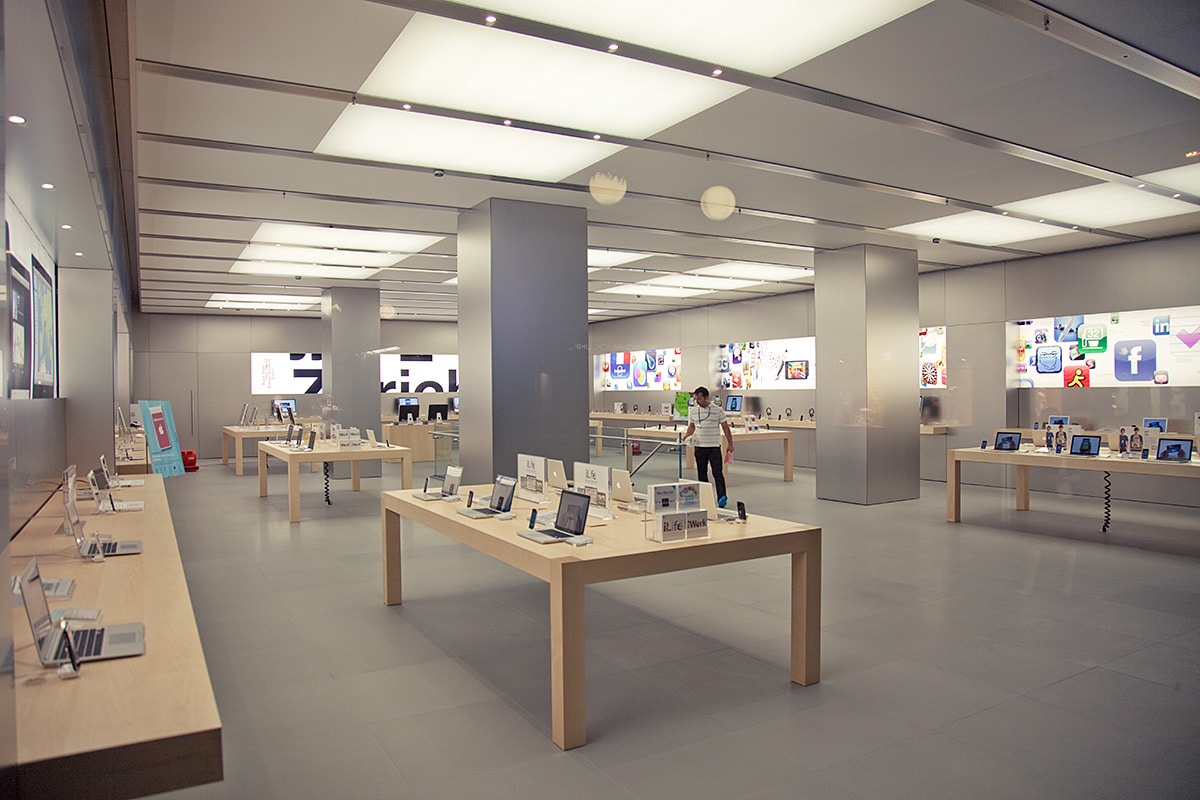
For one of the largest smartphone markets in the world, India is one of the rarer countries where Apple does not outright dominate. Undoubtedly, the company is trying to change that. Ongoing job listings in India are suggesting that Apple is ready to open its first brick-and-mortar store in the country.
First reported by Financial Times, Apple has posted job openings in India for several retail roles including for the iconic Genius Bar. Another clue even indicates that some spots have already been filled ahead of time. A few employees in the country have reportedly posted about their new jobs on LinkedIn.
Unfortunately, none of the job listings show how many stores are planned and where they will be. Narrowing things down by a bit, a few of the confirmed employees are from Mumbai and New Delhi. The report also does not indicate when the stores will open. However, since a few have already been hired, a grand opening might be coming soon.
Apple has a lot to gain by strengthening its foothold in India. The country is an important stronghold for smartphone companies. However, the company might find things harder as time goes by. The country recently dictated that brands must switch to USB-C if they want to sell their devices in India. All over the world, Apple remains the last stalwart against adopting the more universal standard.
-

 Features2 weeks ago
Features2 weeks agoFortify your home office or business setup with these devices
-

 Reviews1 week ago
Reviews1 week agorealme 12+ 5G review: One month later
-

 Gaming1 week ago
Gaming1 week agoNew PUMA collection lets you wear PlayStation’s iconic symbols
-

 Accessories1 week ago
Accessories1 week agoMarshall Major V: Reasons Why I Love It
-

 Gaming2 weeks ago
Gaming2 weeks agoMore PlayStation 5 Pro specs have been leaked
-
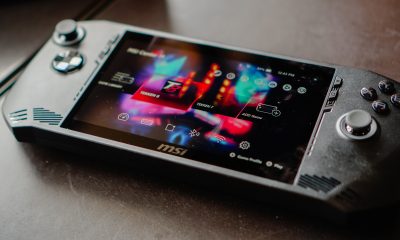
 Features1 week ago
Features1 week agoWhy choose the MSI Claw?
-

 Gaming2 weeks ago
Gaming2 weeks agoUbisoft is taking away copies of The Crew from your library
-

 Gaming2 weeks ago
Gaming2 weeks agoOne Piece Odyssey coming to Nintendo Switch


